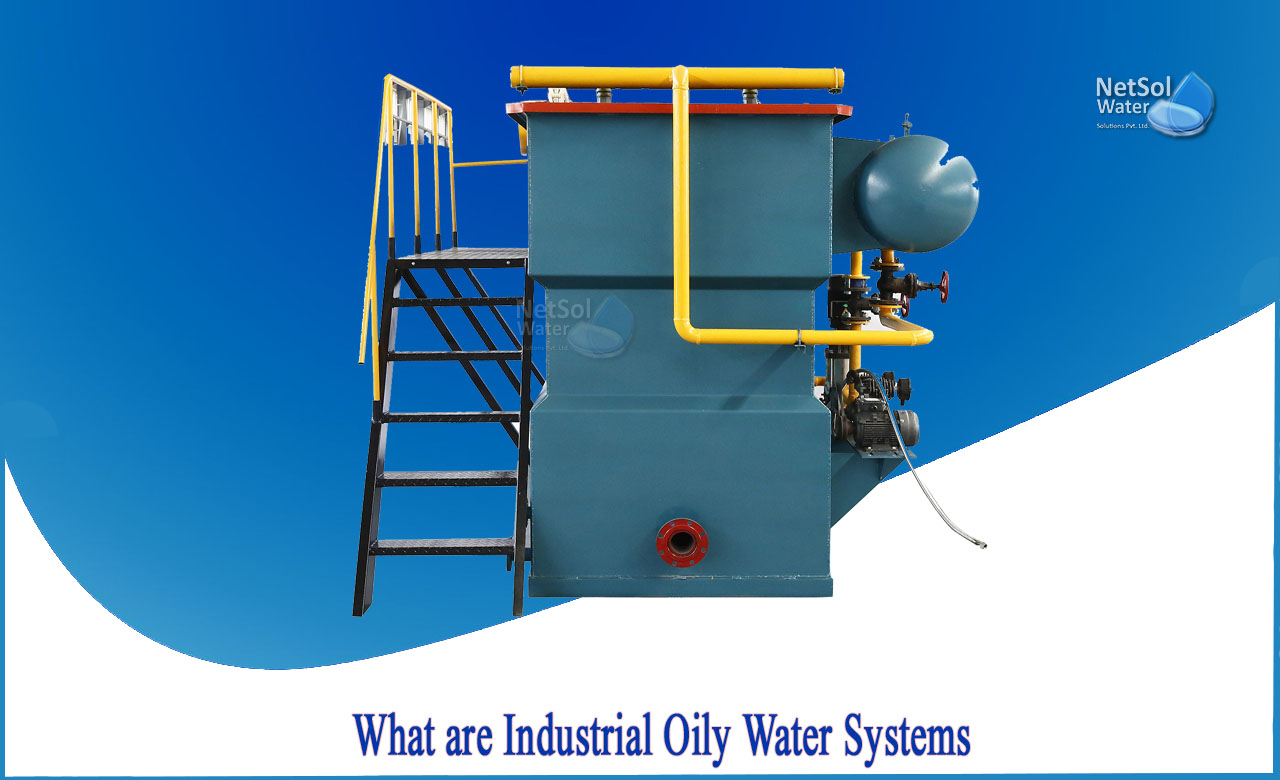What are industrial oily water systems?
Despite the fact that "oil and water don't mix," which is essentially accurate, they can coexist in the form of an emulsion. The oil appears as drops, spread uniformly throughout the aqueous phase in an emulsion with water as the main component. The agitation affects the concentration and size of the oil drops. Because of the difference in density, if the emulsion is allowed to settle, the two components will begin to separate. Although, in most cases, a full separation is impossible, and some oil drops will float in the water. Surfactants, for example, are emulsifiers (or emulgents), meaning they keep two immiscible substances blended together.
Oily emulsions are produced in a variety of industrial applications, such as:
>Waters that have been poisoned by hydrocarbons.
>To displace the oil, water is put into boreholes.
>Lubricant is a substance used in mechanical processes to keep metal parts from wearing away.
>In galvanic procedures and surface treatment, rinse water is used.
In all of these circumstances, an efficient oily water treatment system will be required if the effluents are to be discharged into the public sewage system or the water is to be reused. With the exception of vacuum evaporation, there are several procedures that fulfil this goal; nonetheless, there is no one-size-fits-all solution for all possible scenarios.
The following are the most prevalent methods for separating water and oil:
Vacuum evaporation: Because the water generated is of superior quality and can be reused immediately, the evaporation process is the sole technique to separate oil from water without needing to pre-treat the effluent or require further operations. In contrast to membrane-based procedures, there is no other residual effluent created. A semi-solid residue is formed, which can be revalued in other processes, such as anaerobic co-digestion, according to its composition. Another major benefit of vacuum evaporation of oily effluents is its increased ability to adapt to changing properties of the effluent under treatment, making it a reliable and efficient option. Furthermore, because it runs in a vacuum, energy consumption is kept to a minimum, resulting in excellent efficiency. The equipment is small and does not require a lot of physical space. It is simple to operate and can be automated. This is unquestionably the best option.
Dissolved air flotation (DAF): In the absence of agitation, the difference in density is employed to separate the oil from the water by allowing it to float. The oil drops begin to rise to the surface as they develop in the aqueous phase.
Air is bubbled through the upper half of the tank to speed up the process of floating the oil. When the flow under treatment is increased, the separation is efficient, but it requires a lot of room and heavy equipment. When the oil emulsions and water are stable, however, this procedure is not practicable. The emulsion should be broken beforehand with a chemical product in this scenario.
Biological treatment: Although biological degradation can be used to remove oils and fats, there are various challenges to overcome in terms of both aerobic and anaerobic settings. To begin with, oil and fats do not have a composition that allows them to biodegrade unless chemical products are provided or they are mixed with other residues in such a way that microbes may find all of the nutrients they require for growth. Second, the biological process is not particularly tolerant of changes in flow or input load. Furthermore, the biodegradation of oils and fats in an aerobic process requires a lot of energy and has significant operating costs since it consumes a lot of oxygen. Finally, this procedure necessitates the use of a qualified operator.
VSEP Membranes: The use of filtration membranes could allow high-quality water to be produced from any oil emulsion in water. Nonetheless, membrane filtering has a drawback: membrane soiling, which occurs when a coating of biofilm, organic debris, inorganic or colloidal deposits, and other contaminants forms on the membranes. During the filtration process, this layer naturally builds on the membranes, reducing the capacity for treatment. VSEP vibratory membranes were created to tackle this problem. This is an alternative technique in which the cleaning action is performed by producing shear waves at a tangent angle to the membrane surface. The solids deposited on the membrane surface re-suspend themselves in the liquid and are dragged by it, re-exposing the membrane pores to the liquid, thanks to the membrane's vibration and the creation of shear waves.
In conclusion, oily emulsions must be handled before discharge. There are various ways for separating oil from water and even producing a high-quality water effluent that can be reused. Because of its simplicity, adaptability, resilience, and efficacy, vacuum evaporation is the most advantageous option among all the choices.
For more information, contact Netsol Water.
Netsol Water is Greater Noida-based leading water & wastewater treatment plant manufacturer. We are industry's most demanding company based on client review and work quality. We are known as best commercial RO plant manufacturers, industrial RO plant manufacturer, sewage treatment plant manufacturer, Water Softener Plant Manufacturers and effluent treatment plant manufacturers. Apart from this 24x7 customer support is our USP. Call on +91-9650608473, or write us at enquiry@netsolwater.com for any support, inquiry or product-purchase related query.



